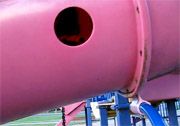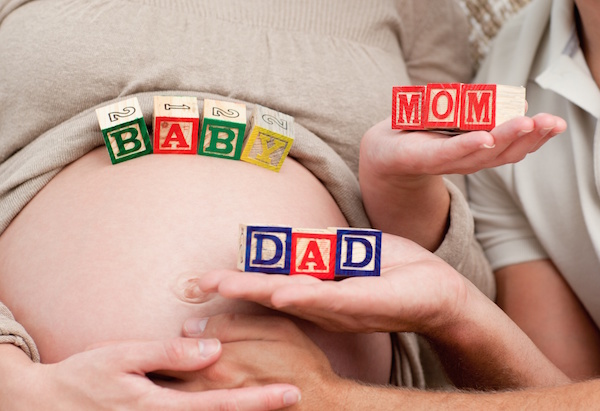
WEDNESDAY, Jan. 4 (HealthDay News) — Remember those tall, shiny, metal, sliding boards? They seemed dauntingly steep, but you took the plunge and whizzed downward. Next, you tackled the monkey bars, climbing higher and higher and hanging by your knees at the pinnacle.
Playgrounds are a lot different for today’s preschoolers. Low sliding boards, safer plastic climbers and fence-protected platforms are meant to prevent injury. But a preliminary study suggests an unintended result: unenthused, less active kids.
Platforms lead to nowhere, climbers are short and slides are slow. The equipment is easily mastered and kids soon lose interest, daycare providers told researchers in a series of focus groups.
And with increasingly sedentary kids and a worsening childhood obesity epidemic, the study authors said it’s time to start balancing safety concerns with the need for vigorous, stimulating play.
Led by Dr. Kristen Copeland, an assistant professor of pediatrics at Cincinnati Children’s Hospital Medical Center, the study involved 49 local daycare providers, many highly experienced, at 34 child-care centers. These included inner city, suburban, Head Start and Montessori, church-affiliated, YMCA, worksite- or university-affiliated and corporate/for-profit facilities. Focus groups took place between August 2006 and June 2007.
In the study, appearing online Jan. 4 and in the February issue of Pediatrics, providers described barriers to healthy exercise: state licensing codes and financial constraints that restrict equipment choices, injury concerns and pressures to put class learning above playtime, whether coming from parents or local kindergarten-readiness initiatives.
“We were surprised to hear that parents — both low-income and upper-income — were focusing on traditional ‘academics’ (letters, numbers, colors) instead of outdoor play, even for children as young as 3 years old,” Copeland said. “Children learn on the playground — they learn about nature, weather and the seasons, motion, concepts of distance and speed, and cause and effect. They learn how to negotiate and talk with their peers. And they learn fundamental gross motor skills, like how to throw and catch a ball, and how to skip.”
And it’s also a case of sluggish bodies make sluggish minds. “Research has shown that children can concentrate and learn better after brief periods of vigorous activity,” Copeland noted.
Angela Mickalide, director of research and programs for Safe Kids Worldwide, called the new study “thought-provoking,” but said it lacked epidemiologic information on injuries that do occur from playground equipment. “A kid with a traumatic brain injury or fracture is going to be even less active,” she noted.
Nearly 220,000 kids aged 14 and under were treated in emergency departments for playground-equipment injuries in 2009, according to a Safe Kids fact sheet. And in children aged 4 and under, most traumatic brain injuries happen on the playground.
Mickalide said that among the most dangerous for young children are “old playgrounds with slides at inclines greater than 45 degrees, climbers that are 8 or 10 feet off the ground, and monkey bars much higher than kids should be on, but without a soft surface underneath.”
Safety measures like decreasing equipment height and using protective surfaces like shredded rubber and wood chips in “fall zones” have markedly reduced injury risk, as have state laws requiring conformance to safety guidelines, according to Safe Kids.
It’s not always equipment design at issue. Other factors can include “inappropriate behavior on the playground,” Mickalide said. “Not playing on soft surfaces. Allowing kids to play on equipment meant for older children. Playing on equipment that gets too hot, or is splintered or damaged. Kids who aren’t actively supervised.”
When it comes to equipment, less is often more, both experts agreed, and children can get as much out of doing jumping jacks or tossing a ball. “Running and playing games are both healthy and fun,” Copeland said.
More information
The National Program for Playground Safety offers tips for parents as well as standards for playground equipment.

